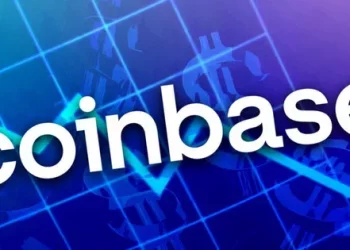Binance is one of the most popular cryptocurrency exchanges in the world, offering traders a wide range of digital assets to buy and sell. Since its launch in 2017, Binance has grown rapidly and now boasts over 15 million users worldwide. However, as with any platform, there are both pros and cons to using Binance. In this article, we will explore some of the advantages and disadvantages of trading on this exchange.
Pros:
Wide Range of Cryptocurrencies:
Binance offers traders access to over 500 different cryptocurrencies, making it one of the largest exchanges in terms of available assets. This means that traders have a wider range of investment options to choose from, allowing them to diversify their portfolios and potentially increase their returns.
Low Fees:
Binance has some of the lowest trading fees compared to other major crypto exchanges. The platform charges a flat fee of 0.1% per trade, which can be further reduced by holding Binance’s native token, BNB. This makes it an attractive option for traders looking to minimize their trading costs.
High Liquidity:
Binance is known for its high liquidity, meaning that traders can easily buy or sell their desired assets without experiencing significant price fluctuations. This is particularly important for those looking to trade larger amounts of cryptocurrency, as they can execute trades quickly without affecting the market.
User-Friendly Interface:
Binance’s platform is simple and easy to navigate, making it accessible to both beginners and experienced traders. The interface includes advanced trading tools, such as stop-loss orders and margin trading, while maintaining a user-friendly design.
Secure:
Binance takes security seriously and has implemented several measures to protect its users’ funds. This includes two-factor authentication, encrypted communication, and cold storage of funds in offline wallets. Additionally, Binance has a dedicated team to monitor for suspicious activity and has a comprehensive insurance policy to protect against potential losses.
Cons:
Limited Fiat Deposit Options:
Binance only offers a few fiat deposit options, which can be inconvenient for users who want to deposit money directly from their bank account. This may also result in additional fees, such as those associated with using a credit card or third-party payment processor.
Limited Customer Support:
Some users have reported experiencing long wait times when contacting Binance’s customer support team. This can be frustrating for those who need immediate assistance or have urgent issues related to their account.
Centralized Exchange:
As a centralized exchange, Binance is susceptible to hacking attempts and other security breaches. While the platform has taken steps to mitigate these risks, including implementing multi-factor authentication and cold storage of funds, there is always the possibility of a successful attack.
Regulatory Uncertainty:
Binance has faced regulatory scrutiny in several countries, including the United States and Japan. This has led to restrictions on its operations in some jurisdictions and uncertainty about its future legal status.
Limited Withdrawal Options:
Binance’s withdrawal options are somewhat limited, with users only able to withdraw funds in certain cryptocurrencies. This can be inconvenient for those looking to cash out their investments in a particular fiat currency.
Conclusion:
Overall, Binance offers traders a wide range of benefits, including access to a large number of cryptocurrencies, low trading fees, high liquidity, and a user-friendly platform. However, it also has some drawbacks, such as limited fiat deposit and withdrawal options, potential security risks, and regulatory uncertainty.
When deciding whether to use Binance, it is important to weigh these pros and cons and consider your individual needs and preferences. If you value low fees, a diverse range of investment options, and a secure platform, then Binance may be the right choice for you. However, if you require extensive customer support or prefer a more decentralized exchange model, then you may want to explore other options. Ultimately, it is up to each individual trader to determine which exchange best meets their needs and risk tolerance.
Related topics:

















